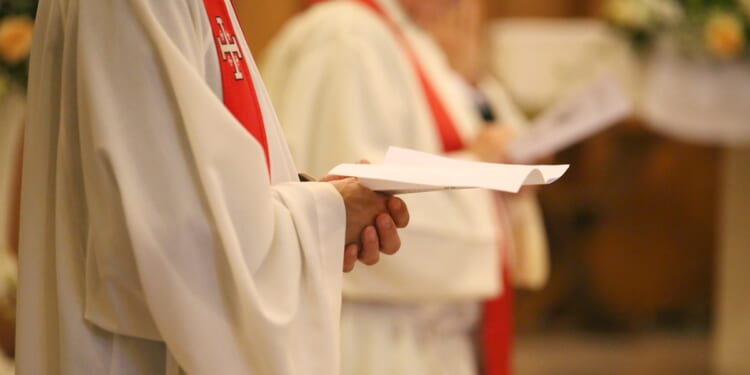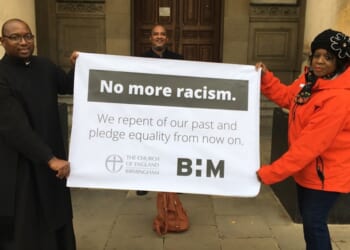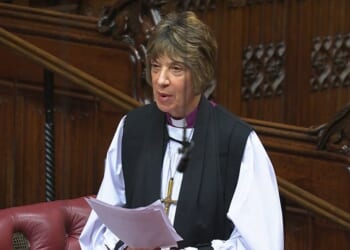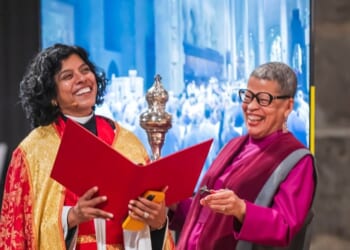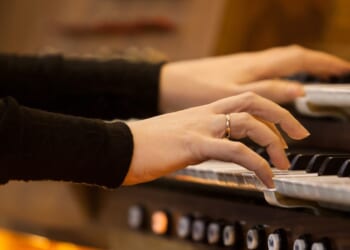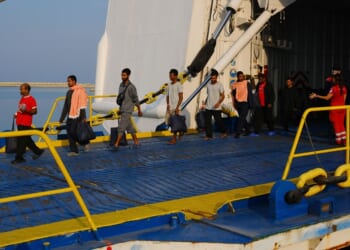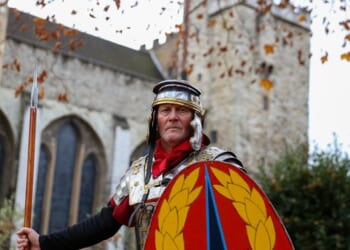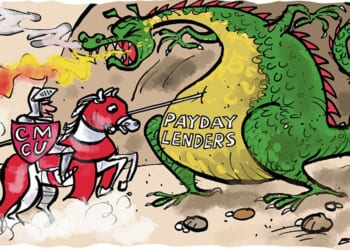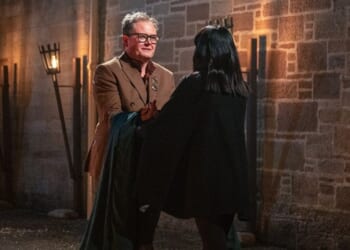BETWEEN 1992 and 2024, former Anglican clergy made up more than one third of those beginning priestly ministry in the Roman Catholic Church in England and Wales, a new report reveals.
The report, Convert Clergy in the Catholic Church in Britain, summarises the findings of a research project commissioned in 2019 by the St Barnabas Society, a charity that continues the work of the Converts Aid Society, established in 1896.
The report was produced in partnership with researchers at the Benedict XVI Centre for Religion, Ethics and Society, whose UK base is at St Mary’s University, Twickenham. Published on Thursday, it recognises the “substantial ongoing contribution to Catholic life made by convert clergy/religious in this country”.
The period studied begins in 1992, when the General Synod voted in favour of the ordination of women to the priesthood.
The report highlights subsequent “spikes” in the reception of former Anglican clergy. More than 150 were received in 1994, and more than 80 in 2011, when the Personal Ordinariate of Our Lady of Walsingham was established. This allowed former Anglicans to continue explicitly to use of elements of their liturgical, spiritual, and pastoral heritage.
The report also observes, however, that “in any given ‘normal’ year, it seems there are anywhere up to eleven Anglican clergy being received into the Catholic Church, and the same number being ordained.”
It concludes that, “at any one time, there is a certain pool of Anglican clergy who might well, when the time is right for them, decide to ask to be received into the Catholic Church.”
The data suggest that 19 per cent of combined diocesan and Ordinariate ordination candidates from 2015 to 2024 in England and Wales were former Anglican clergy.
It acknowledges, however, that “precise figures” are difficult to obtain. “Understandably, Anglican dioceses have little reason to publicise the numbers of those leaving. . . Meanwhile, the Catholic Church has officially been very careful . . . to avoid all appearances of what could be referred to as ‘triumphalism’.” There is a “widespread impression” that Anglican-to-RC conversions are few in number, it says.
The most valuable source of data proved to be the database kept by Forward Faith and Mgr John Broadhurst (a former Bishop of Fulham who joined the Ordinariate in 2012).
The authors estimate that about 700 former clergy and religious of the Church of England, Church in Wales, or Scottish Episcopal Church have been received into the RC Church since 1992. They include 16 former Anglican bishops and two former Continuing Anglican bishops, as of December 2024. The most recent is the Rt Revd Richard Pain, a former Bishop of Monmouth, in 2023.
Between 1992 and 2024, there were an estimated 491 reordinations. Of these, 339 (69 per cent) were for dioceses in England and Wales, while 115 were for the UK Ordinariate. In total, former Anglican clergy made up 35 per cent of ordinands.
The report, which draws on dozens of interviews, observes that there are “all manner of paths to the Catholic Church”, often including a period of “ecclesial unease”.
“Not surprisingly, financial considerations often loom large, especially for those with young families,” it says. “It is not simply a matter of leaving one’s job. It is severing one’s ability to gain other employment in the only profession for which one is trained.” Some interviewees describe “family alienation, broken friendships, or marital strife”.
There was, the authors write, “much variation in the amount, nature, and appropriateness of formation expected of former Anglicans. Many clearly felt that their years of theological study and pastoral experience were not adequately taken into account.”
The route into the RC priesthood is a “markedly high-risk” process, it says. Married men aspiring to the Catholic priesthood must be approved by the Congregation for the Doctrine of the Faith. The Ordinariate, however, “offers a relatively standardized, and hence more predictable, path”.
In a foreword, the Archbishop of Westminster, Cardinal Vincent Nichols, who is President of the St Barnabas Society, writes that the story of many these men is “not so much a turning away or rejection of their rich and precious Anglican heritage but an experience of an imperative to move into the full visible communion of the Catholic Church, in union with the See of Peter”.
The director of St Barnabas Society, Fr Paul Martin, was received in 1994 and became a priest in the RC Church four years later. He writes in the report that it is “questionable” whether many of the former Anglican clergy included in the report could have done what they did without the Society’s help.
This week, one of its authors, Professor Stephen Bullivant, of St Mary’s University, said that people tended not to be aware of the extent of the contribution of former Anglican clergy. The perception of them was also inaccurate, he said, tending towards a “caricature” that “all very high Anglo-Catholics are all misogynists.”
Concern for ecumenical sensitivities meant that the numbers were not publicised, he said. This could leave some men and their families feeling that the difficult choices that they had made had gone unrecognised. Some felt that the presentation of the canonisation of Cardinal Newman and decision to make him a Doctor had “downplayed the sacrifice” that his secession had entailed.
Clergy themselves tended, Dr Bullivant said, to speak positively of their Anglican heritage, saying that God had a “long game” for them. “There was no way of ‘passing straight to Go’.”
The Church of England and the RC Church had “radically different models of what it is to be a priest”, he said. While the C of E ordained hundreds of people every year, RC numbers were much lower (in 2023, in England and Wales, 16 men began training to be Catholic priests).
“It is certainly true that there would be lots of people that, were it not for the celibacy requirement, would feel called,” Dr Bullivant said. “It’s a much more radically sacrificial way of life.” Priests were deployed where their bishop sent them. But he rejected any suggestion that Anglican clergy were “playing the long game” by getting married before they were received into the RC Church.
There was also movement “the other way”, he said. Some clergy returned to being Anglican priests. Some left RC ministry, often with marriage on the cards.

